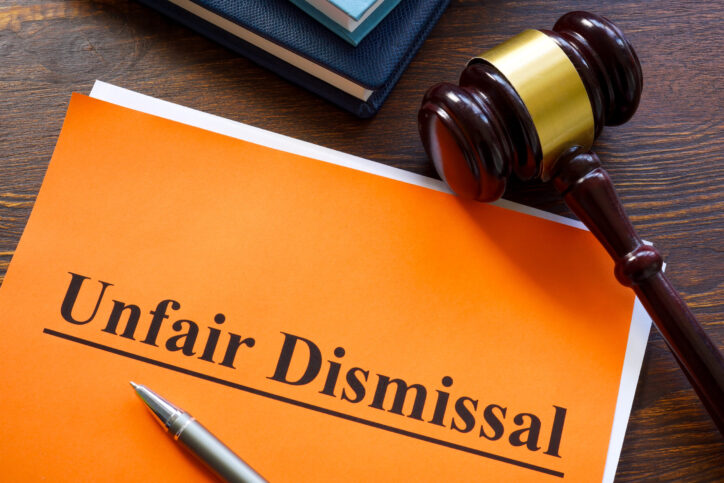With the mobility of today’s workforce mobile phones have become an essential tool for communication for organisations. Mobiles allow for indirect supervision, more efficient use of work time and the ability to obtain feedback when necessary.
The potential hazards associated with mobile phone use are associated with exposure to Radiofrequency Radiation (RFR) and diversion of concentration and attention during the use of a mobile phone while driving.
Occupational safety and health obligations
Employers and employees must meet their legal obligations under the Occupational Safety and Health Act 1984 and Regulations 1996 in relation to safety and health at work.
Although the provisions do not explicitly refer to employee exposure to RFR from mobile phones, employers have a general duty, as far as practicable, to provide a safe system of work so that employees are not exposed to hazards.
Employees also have a general duty of care to ensure their own safety and health and to avoid adversely affecting the safety and health of others.
Radiofrequency radiation
The electromagnetic spectrum includes RFR (often called radiowaves), visible light, Xrays and microwaves.
Radiowaves are known to cause heating in human tissue. Heat from radiowaves can damage human cells if sufficient energy is transferred to the tissue.
The energy emitted from mobile phones is significantly lower than the level known to cause heating and damage to the genetic material in cells (DNA). The Australian Communications Authority requires mobile phones to comply with a standard that sets limits for human exposure to radio waves.
There has been considerable debate on the health effects of mobile phone use and a great many scientific studies worldwide have not been able to demonstrate any harm caused to humans through using hand-held mobile phones.
Due to inconclusive evidence on the health effects of mobile phones, employers are encouraged to take a precautionary approach to mobile phone use by developing a mobile phone policy and supporting procedures.
Using a mobile while driving
It is illegal to use a hand held mobile phone while driving.
CBs and other two-way radios are not considered mobile phones. Driving refers to when the vehicle is moving or is stationary but not parked (i.e. at places such as traffic lights). The definition of driver also includes motorcyclists.
If it is necessary for a call to be made or received while driving, ensure that a hands-free kit or device is used.
Ensure concentration levels are not compromised by diversion to the conversation rather than remaining on the road. If possible, park the vehicle to take the call.
Do not use a mobile phone (hand held or hands free) when operating machinery or equipment. The use of a phone under such working conditions may divert attention from the task or equipment and onto the conversation.
Minimising exposure
The following suggests ways exposure to RFR could be minimised during the use of mobile phones.
- Keep an active mobile telephone away from your body.
- When carrying the phone consider keeping the unit turned off until needed and using a message recording service to recover missed calls.
- Use a hands free device whenever possible.
- Avoid making calls where background noise is high. Try to use the mobile in a quiet open environment.
- Use a mobile phone in an open area rather than inside a vehicle.
- Avoid pressing the phone too closely to the head.
Minimising calls
- Use a land line telephone where possible.
- Keep conversation on mobile phones as brief as possible.
- Where practicable tell callers you will have to phone back from your base, where you will be able to talk longer.
- Arrange voicemail so that it can be retrieved from a land line base.
- Minimise the number of mobile phone calls made or received. Consider using your mobile only for essential outgoing calls.
Develop a mobile phone policy
Employers who provide mobile phones to employees should establish clear policies or guidelines for use.
A mobile phone policy should include guidelines for use of mobiles while driving, use of hands free kits and provisions for personal use.
Other safety factors
Remember to turn off your mobile while on an aircraft, in a hospital, near explosive material, and when filling a vehicle with fuel as there may be risk of explosion.
There is the potential for mobile phones to cause interference with pacemakers, hearing aids and other medical devices. If you have a pacemaker or any other medical electronic device fitted, or suspect you may be pregnant, discuss concerns with your doctor prior to using a mobile telephone.
Our Occupational Safety and Health advisers can provide guidance to any member contemplating developing a mobile phone policy for their organisation. For information on any matter, contact CCIWA’s Safety and Risk team on (08) 9365 7415.






